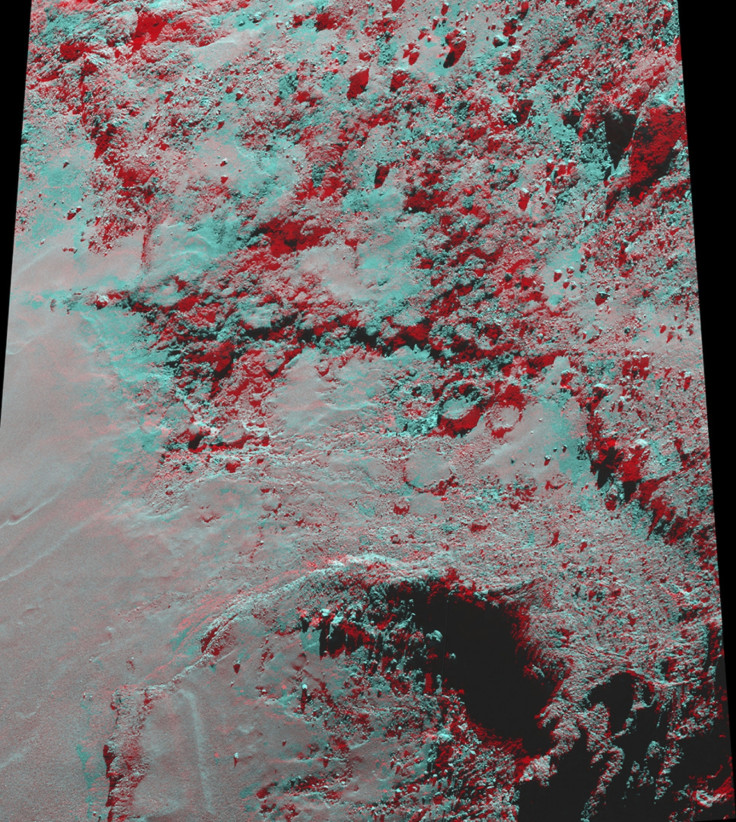Philae team not giving up as ESA's comet lander goes into silent mode again

Europe's comet lander Philae has fallen back into silent mode after making contact seven months into hibernation on Comet 67P/Churyumov-Gerasimenko. But the lander team is not giving up.
The team believes the probe could have been dislodged probably by violent outgassing on the comet as it nears the sun. In the process, the lander has fallen out of the line of contact with its mother craft Rosetta which is orbiting the comet.
"In the telemetry received, we have observed signs that Philae could have moved and that its antennas are thus perhaps more concealed or their orientation might have changed," project leader Stephan Ulamec of the German Aerospace Centre (DLR) told AFP.
Situated most probably on uneven terrain, even a slight change in Philae's position could shift its antenna position.
Over the last few weeks, Rosetta has been flying along the terminator plane of Comet 67P at distances from 180 km down to 153 km to find Philae. It is being moved back to distances of 170–190 km to protect it from the comet's active environment.
Philae, which touched down on 67P on November 12 last year after a long, ten-year piggyback ride on Rosetta, went into hibernation three days later.
Philae used onboard power to send data on 60 hours of tests conducted with eight of its 10 instruments, before falling into standby mode on 15 November.
The lander next woke up on 13 June for intermittent communications with Earth. It has since called home eight times, the last being on 9 July. That data is being studied to understand the lander's situation as it also includes information on sunlight reaching Philae's solar panels.
The project scientists are not giving up on the lander.
"Philae is obviously still functional, because it sends us data, even if it does so at irregular intervals and at surprising times," says Ulamec. "Several times we were afraid that the lander would remain off – but it has repeatedly taught us otherwise."
One of the two transmission units of the lander appears not to be working properly, in addition to the fact that one of the two receiving units is damaged.
Attempts to prod Philae
The team has now sent a command to the lander to make it work with just one transmitter. Philae should execute the command as soon as it gets solar energy during the comet's day.
The lander team will also try to activate a command block that is still stored in Philae's computer and tested before. These include temperature and other measurements that can be made without moving any mechanism on the lander.
Rosetta, meanwhile, is poised for making the closest approach to the Sun on 13 August when it will be just 186 million km from the star.
"Perihelion is an important milestone in any comet's calendar, and even more so for the Rosetta mission because this will be the first time a spacecraft has been following a comet from close quarters as it moves through this phase of its journey around the Solar System," notes Matt Taylor, ESA's Rosetta project scientist.
The team will continue to monitor how the comet's nucleus, activity and plasma environment change in the following months.
© Copyright IBTimes 2025. All rights reserved.





















